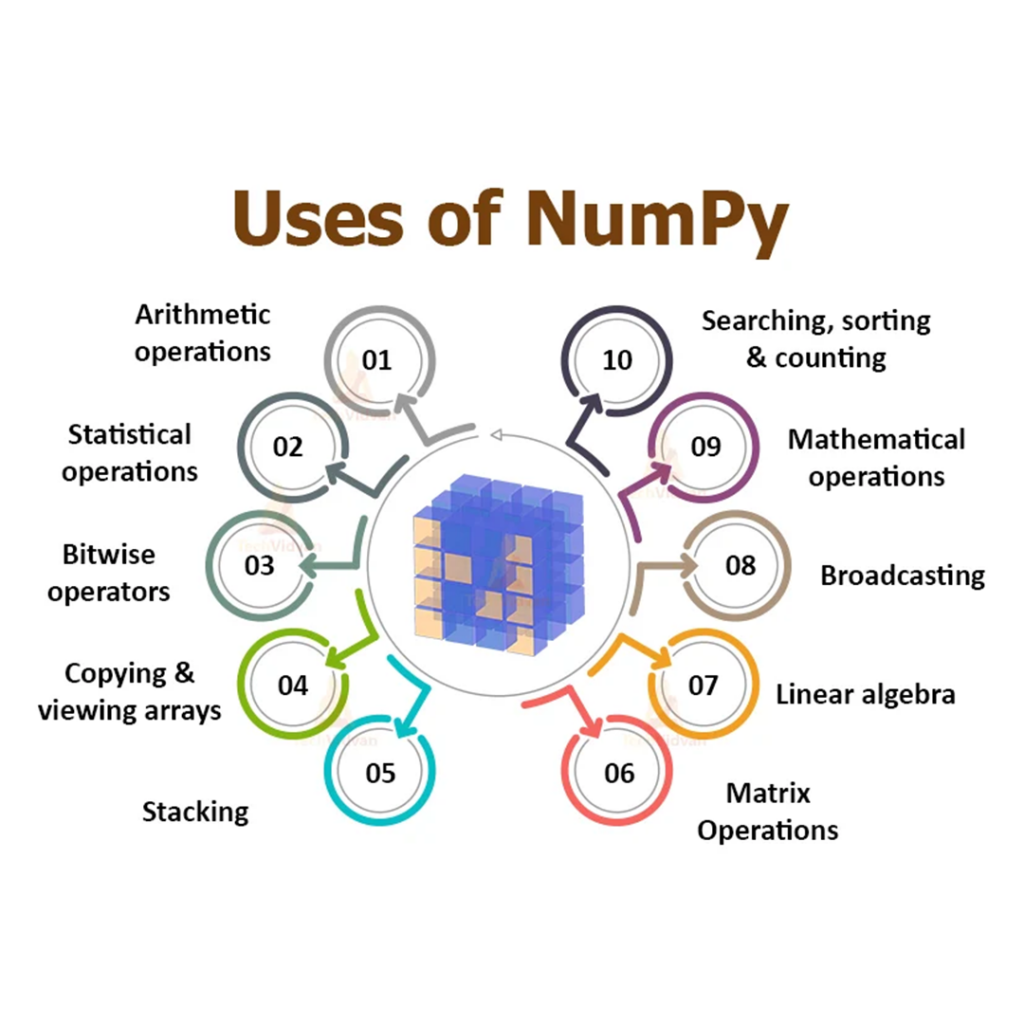Do you know there are 137,000 libraries available in Python?
Let’s talk about what a library is in Python.
In simple words, Python libraries are defined as a combination of related modules that comprise code bundles that can be used in a wide range of programs. The main purpose of using the python libraries is to save the coder’s time. The coder can use the library of his choice as per requirement without the need to write the same code multiple times for different projects.
Python libraries can be very useful to develop applications in the field of Machine Learning(ML), data science, data manipulation, data visualization, etc.
If you are interested in pursuing a career in Python, then it is very essential to have knowledge about Python libraries.
What Are Some Of The Commonly Used Python Libraries?
Some of the commonly used Python libraries are listed down below:
1. Tensor Flow:
TensorFlow is a Python-friendly library created by the Google Brain team and first made available to the public in 2015. It is an open-source library that is used for the purpose of large-scale machine learning and numerical computing. This library makes it easier to gather data, train models, deliver predictions, and improve future outcomes.
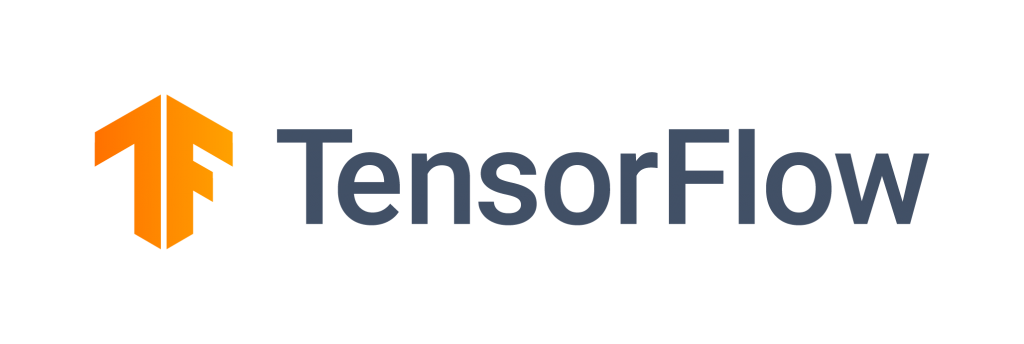
It contains a community of resources, frameworks, and tools that make it simple for developers to create and deploy ML-powered apps.
Features of TensorFlow Library
- It supports high-level APIs that make it simple to construct Machine Learning(ML) models using Neural Networks.
- It leverages CPU and GPU for simple deployment and computation purposes.
- Pre-trained models are supported by TensorFlow and can be used right away for the purpose of experimentation and production.
You will be surprised to know that many top-notch businesses like Google, Intel, Twitter, Uber, etc. use TensorFlow.
2. PyTorch Library
It is an open-source machine learning(ML) library for Python. It is employed in applications including natural language processing and computer vision. It was initially created by Facebook’s artificial intelligence research team, and it serves as the foundation for Uber’s Pyro software for probabilistic programming.
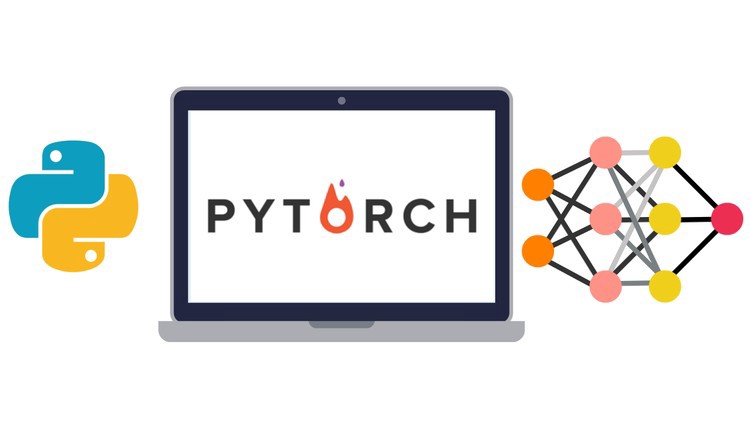
Features of PyTorch Library
- It has a user-friendly interface.
- It is simple to scale and provides excellent support on the most popular cloud platforms.
- It enables simple debugging by using Python tools.
Top companies like NVIDIA, Intel, and Pfizer utilizes the power of PyTorch.
3. Numpy:
Numpy is a machine-learning library for Python. The large multi-dimensional arrays and matrices are supported by NumPy along with a substantial number of high-level mathematical operations that may be performed on these arrays.
Features of Numpy
- Numpy is incredibly interactive and simple to use.
- It helps to simplify the application of complicated mathematical concepts.
- It makes understanding the ideas and coding really simple.
Well-known companies use NumPy in their tech stacks such as Trivago, Instacart, SendGrid, etc.
4. Pandas:
Pandas is an open-source library designed primarily for working with relational or labeled data. It offers several data structures and operations for manipulating numerical data and time series.
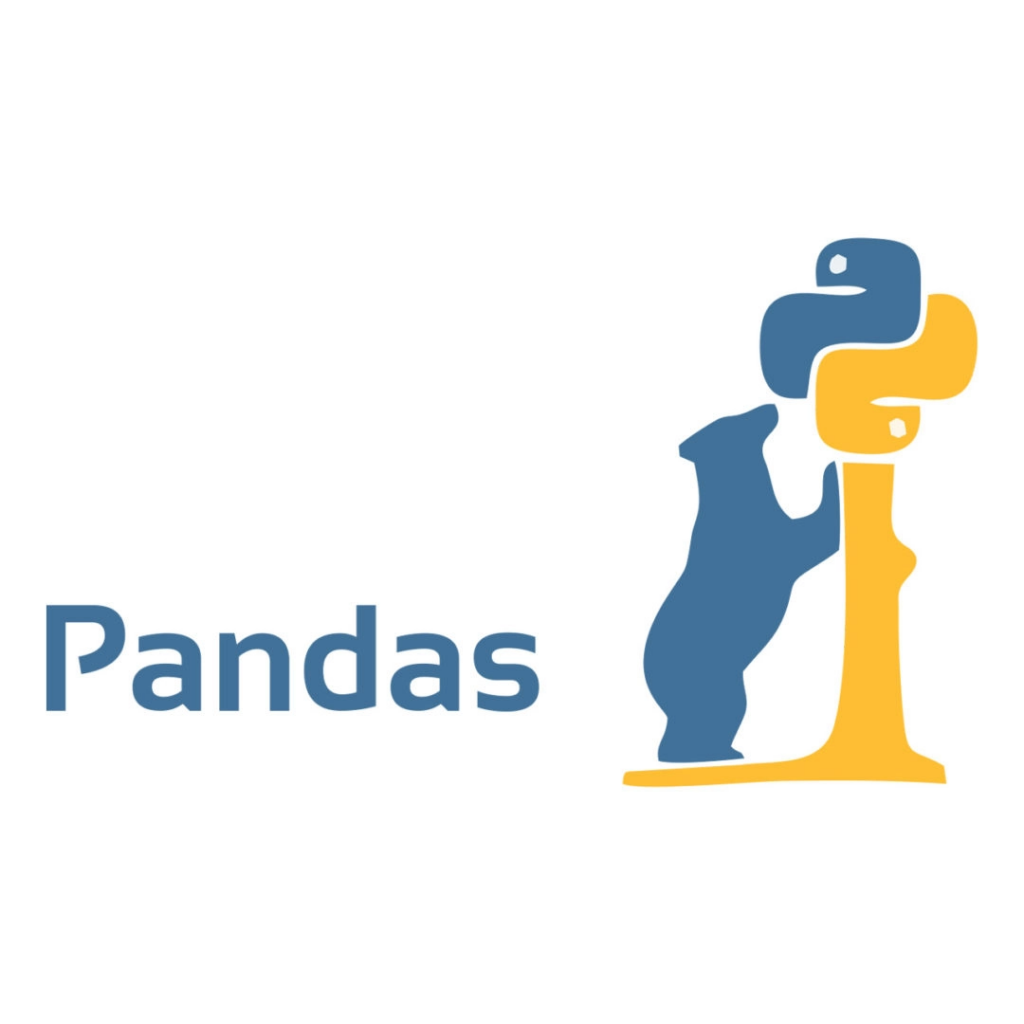
This library is used to process large datasets by facilitating dataset loading, organization, manipulation, modeling, and analysis. Pandas can clean up messy datasets by turning them into more readable and relevant ones. Its DataFrame object supports both default and custom indexing. Pandas provide tools for loading data from various file formats into in-memory data objects.
Features of Pandas Library
- It is made up of a quick and efficient DataFrame object with default and customized indexing.
- Data sets are reshaped and pivoted using this tool.
- Process a wide range of data sets in various formats such as matrix data, tabular heterogeneous data, and time series.
- It can handle a variety of data set operations such as slicing, filtering, groupBy, re-ordering, and re-shaping.
The companies using Pandas in their tech stacks are as follows: Trivago, Instacart, Sendcloud, etc.
5. Matplotlib
Matplotlib is an open-source Python library that provides graph plotting tools to improve visualization. Using Python scripts makes it possible to create two-dimensional graphs and plots. Since it supports colors and color maps, this library is also useful for making visualization more appealing. It also makes it possible to create animated and interactive visualizations in Python.
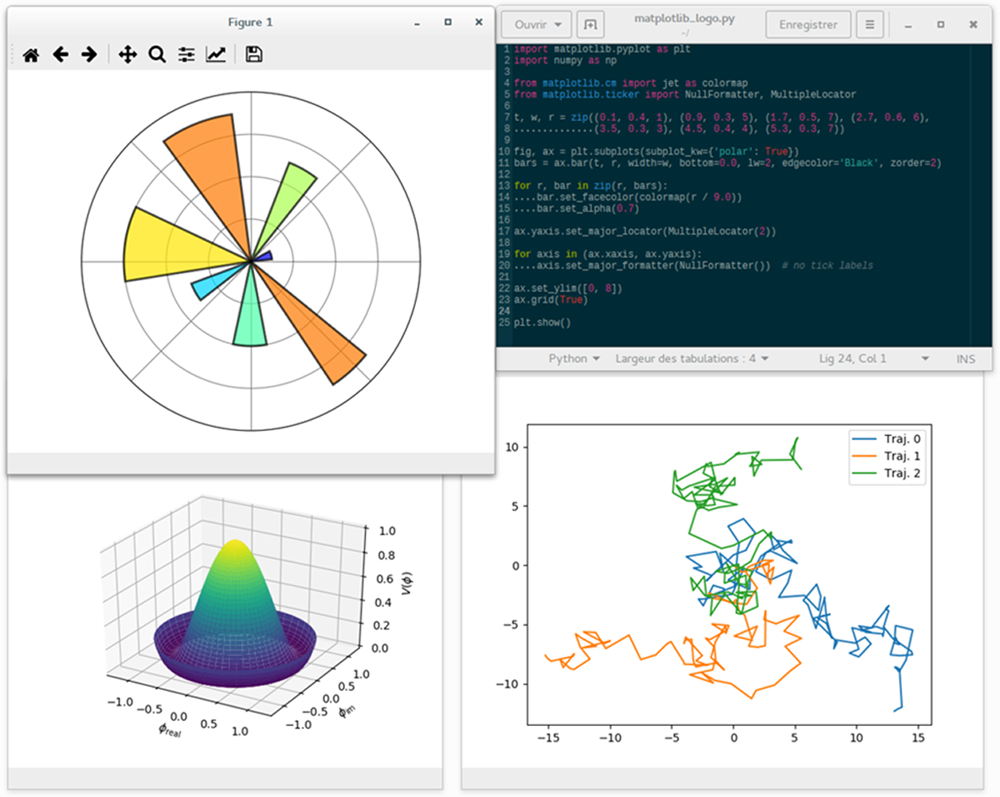
Python’s Matplotlib library provides a complete set of tools for building static, animated, and interactive visualizations.
Features of Matplotlib
- Plots of publication quality can be created by using this library.
- It is capable of designing interactive figures that can zoom, pan, and update.
- Visual style and layout can be changed by using this library.
- Export to a variety of file types
- A wide variety of third-party packages based on Matplotlib are used.
Summing Up!
In a nutshell, Python libraries are a collection of functionalities that do not require the creation of new code. These are essential for creating applications for machine learning, data science, data visualization, image and data processing, and more.
The libraries that are discussed in this blog are just the tip of the iceberg. There are many python libraries with an abundance of resources. If you want to secure a bright future for your child, then get them started with Python as early as possible.
 1749
1749
